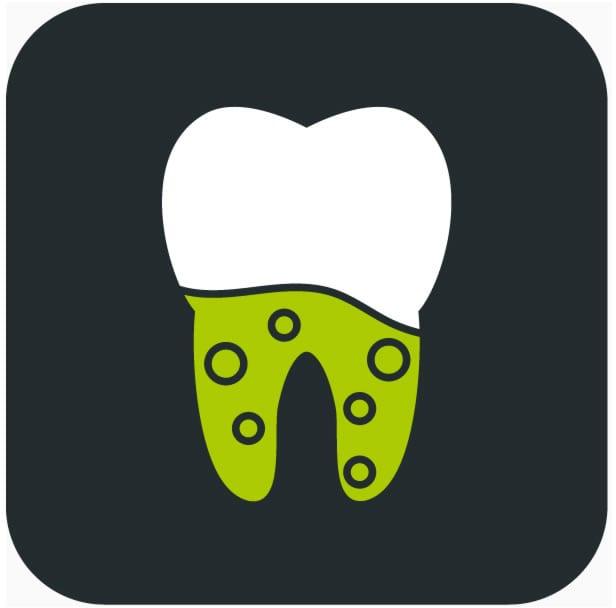Affecting between 15% and 20% of the world’s population and an estimated 50% of adults in the UK, gum disease is usually experienced at least once throughout a lifetime. Often causing the swelling or bleeding of the gums, this common dental problem is not always easy to detect but comes in two main forms.
Gingivitis, the most common form of gum disease, is commonly caused when gums become irritated by plaque that has built up on your teeth. This plaque can then get underneath the gum line, causing gums to become red, swollen and prone to bleeding during brushing. An early stage of gum disease, gingivitis can be treated and cured if plaque is removed and your gums are given the opportunity to recover.
Periodontitis, or periodontal disease, is a more serious form of gum disease that occurs when gingivitis remains untreated. After a period of gingivitis, your gums may begin to pull away from your teeth, leaving small gaps. These gaps provide the perfect space in which bacteria, debris and plaque can build up, while remaining unreachable by a conventional toothbrush. As the gaps grow and become harder to clean, gums and bones may begin to shrink, known as periodontitis.
This severe form of gum disease can lead to teeth become loose or the shrinking of gums, which may expose roots. Once the disease has reached this stage is can no longer be cured, but with the correct treatment you can stop the process from developing any further.
Causes of gum disease
There are a number of common causes including:
• Personal habits, such as smoking
• Poor oral hygiene
• Genetics; some families are more susceptible to the disease than others
• Medication, including those that cause dry mouth
• Illnesses, such as cancer or HIV
• Hormonal changes, such as those occurring during pregnancy and puberty
Signs and symptoms
Commonly the first symptoms of gingivitis include bleeding gums when you brush your teeth and red or swollen gums throughout the rest of the day. These symptoms can develop into bad breath, wobbly teeth or gum abscesses if left untreated. Signs of more severe gum disease include painful ulcers, a metallic taste in your mouth, and receding gums.
Treatment of gum disease
The type of treatment required will depend on the severity of the disease. If you have mild gingivitis it may be possible to treat the problem using a structured oral hygiene routine. This may include brushing twice daily, using an antiseptic mouthwash and daily flossing to prevent the build up of plaque. For more developed forms of the disease, a scale and polish session with a hygienist may be necessary to remove up thick plaque or tartar that has formed between the teeth.
Periodontal disease may require further non-surgical or surgical treatment in order to prevent its development, although many of the effects may be irreversible. The specialist treatment may include extraction or cleaning within the gums to remove infection and bacteria.

